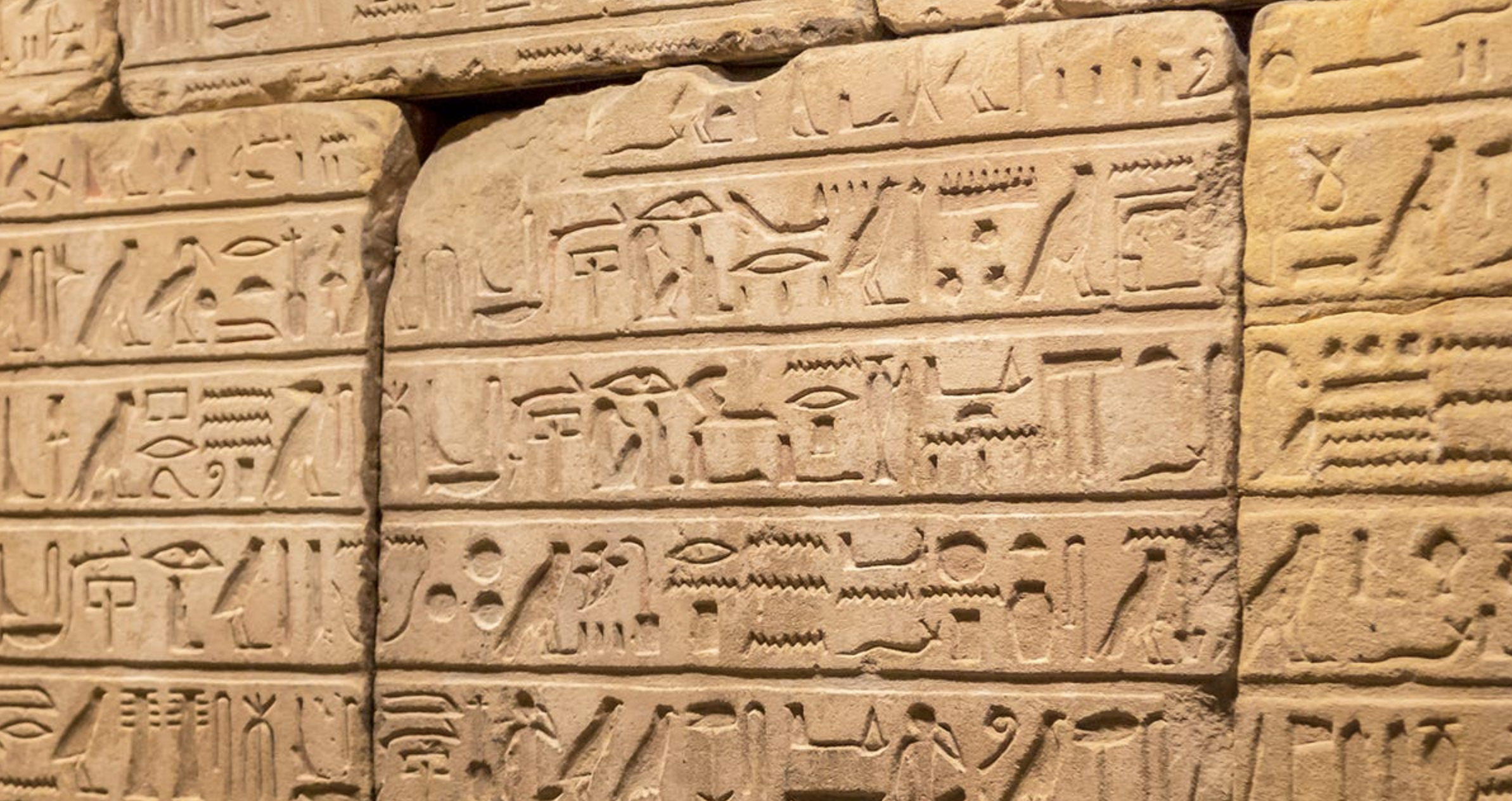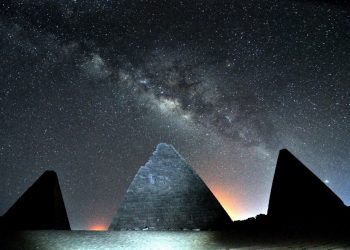Egyptian archaeologists have made a groundbreaking discovery—the long-lost tomb of Pharaoh Thutmose II, hidden for millennia in the Theban mountains near Luxor. This marks the first royal tomb found in Egypt since the legendary discovery of Tutankhamun in 1922, solving a mystery that has puzzled historians for over a century.
Thutmose II ruled during the 18th Dynasty, a period known for military conquests and monumental architecture. Unlike his famed predecessors and successors, his reign was brief—lasting only about five years before his untimely death around 1479 BCE. His legacy has long been overshadowed by his wife, Hatshepsut, who later became one of ancient Egypt’s most powerful rulers.
For years, scholars believed that grave robbers had looted and relocated his mummy, leaving his original tomb lost to time. While his remains were discovered in the 19th century at Deir el-Bahari, no traces of his burial site had ever been found—until now.
How the Tomb Was Discovered
The entrance to the tomb was initially located three years ago in the Theban mountains, just west of the Valley of the Kings. At first, researchers assumed it belonged to a queen, given its proximity to the burial sites of Thutmose III’s royal wives. However, a series of alabaster vessels inscribed with Thutmose II’s name changed everything.
Further analysis revealed markings that identified him as a deceased king, confirming that the long-misidentified tomb—previously cataloged as C4—was in fact his final resting place.
Unfortunately, the tomb has suffered extensive damage due to ancient flooding, which washed away many of its treasures. However, archaeologists did uncover fragments of the Book of Imydwat, a sacred funerary text that describes the sun god Ra’s journey through the underworld. These inscriptions, often found in royal tombs, were believed to guide the pharaoh’s spirit into the afterlife.
The Connection to Hatshepsut
One of the most intriguing revelations of this discovery is the presence of Queen Hatshepsut’s name inside the tomb. Some experts believe she may have personally overseen her husband’s burial rites, a rare insight into the political landscape of ancient Egypt.
Despite efforts to erase her legacy after her death, Hatshepsut remains one of history’s most extraordinary rulers. While Thutmose II’s mummy now resides in the National Museum of Egyptian Civilization, her own tomb lies in the Valley of the Kings—a lasting testament to her influence.
The discovery of Thutmose II’s tomb not only fills a major gap in Egyptian history but also raises new questions. Could more lost royal tombs be waiting to be found? With modern technology and ongoing excavations, archaeologists hope that this breakthrough is just the beginning.











